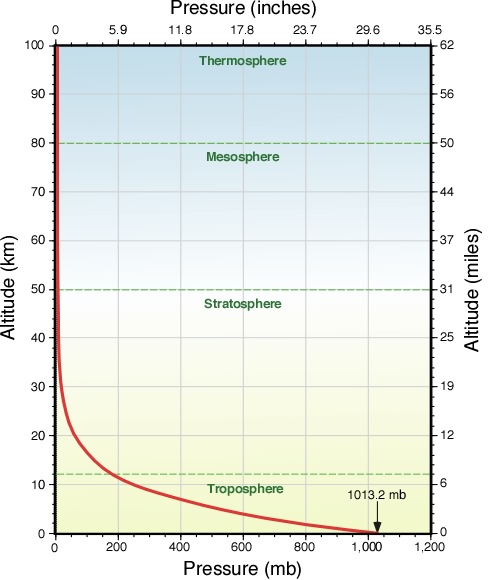First post, by vetz
- Rank
- l33t
I'm currently having an extra part time job taking care of a closed down computer center. Alot of harddrives has to be low level formatted so they can be sold/discarded.
Most of the hardware is from 2000-2005.
So far none of the SCSI disks have had any problems, but the main issue is that S-ATA disks have a much lower failure rate than IDE drives. I'm talking about the late generation IDE drives, 160GB+. Of a bunch of 40 drives about 20% did not work or had bad sectors. Of the S-ATA drives the failure rate were about 5%.
S-ATA controlles are "better" on the drives and lets them live longer? The mechanical parts inside the drives should be more or less the same tbh.
